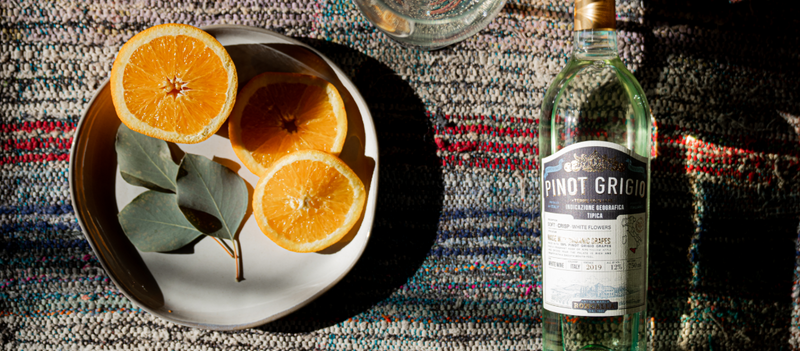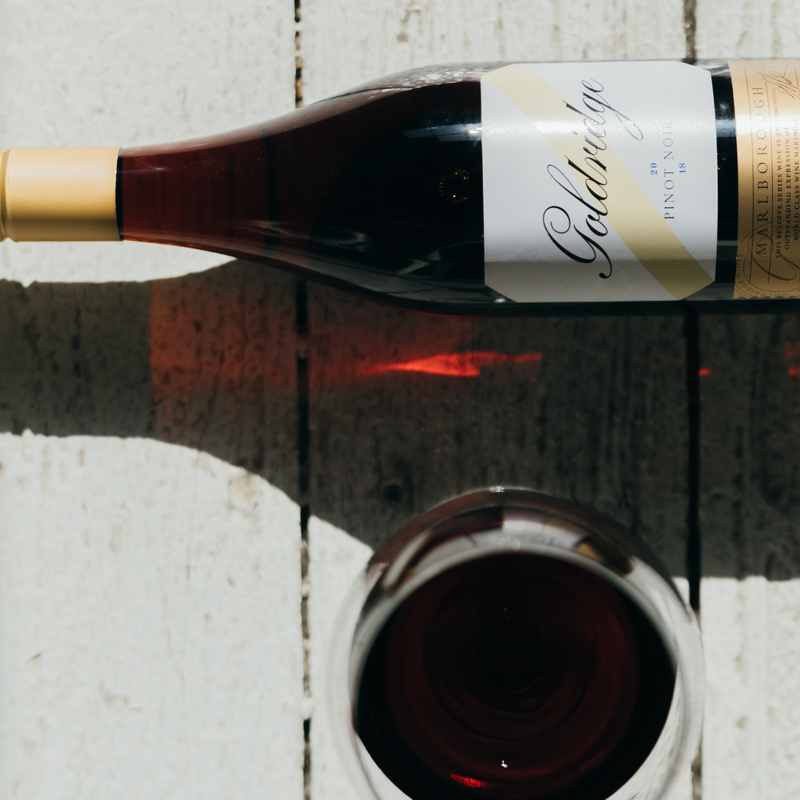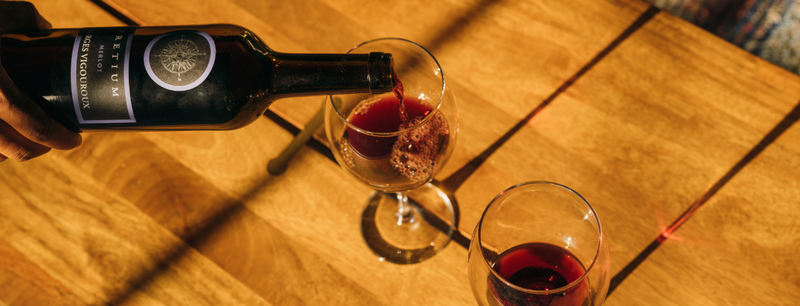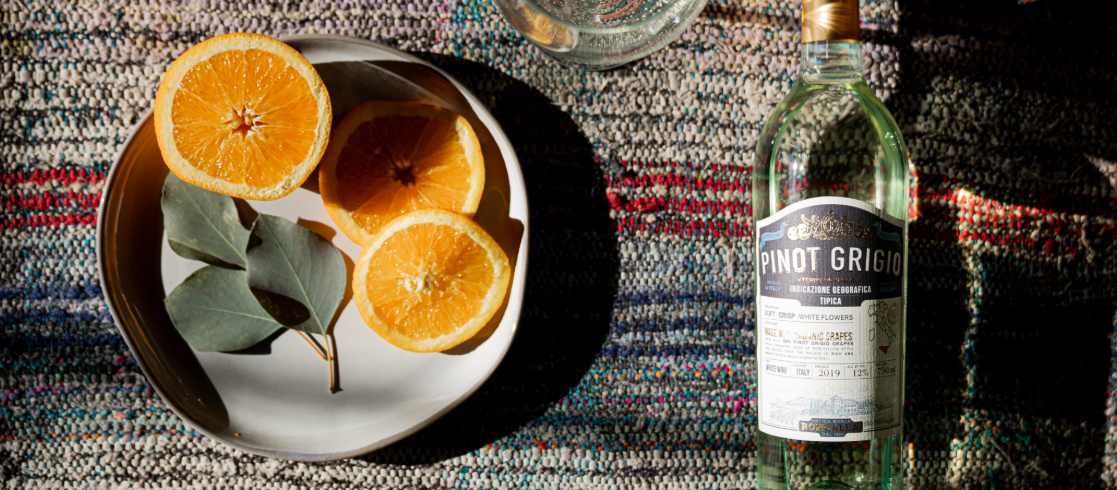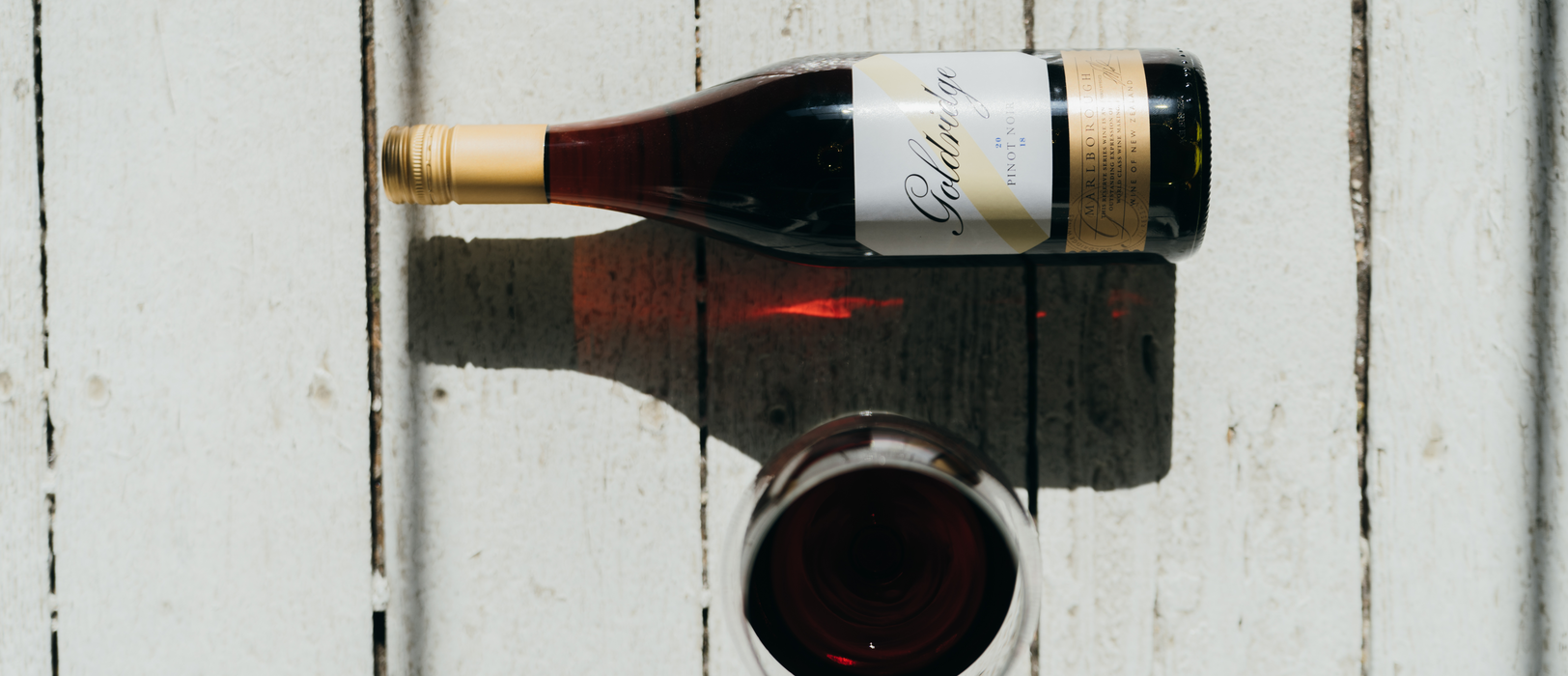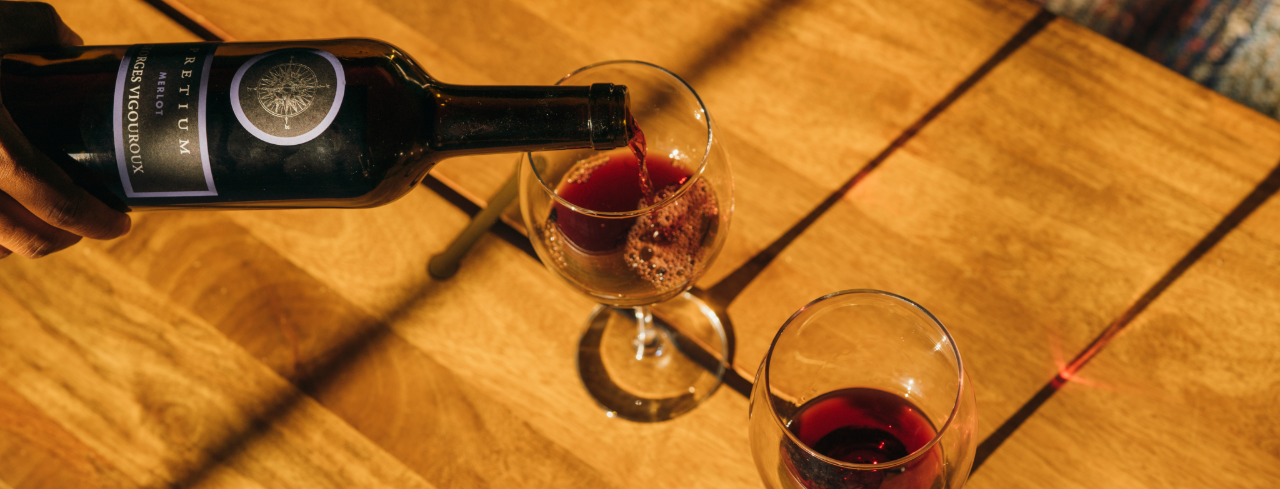
What is Prosecco Wine?
No matter the celebration, we can all agree that the victories taste the sweetest when toasted with a glass of golden bubbly. But that doesn’t always mean Champagne.
Prosecco is the Italian sparkling wine that’s often overlooked when it comes to celebrating special moments like weddings or college graduations.
We’re here to prove that Prosecco is an equally high-quality sipper with unique textures and tasting notes.
If you’re a “Champagne only” person, open your mind to new possibilities!!

What Kind of Wine is Prosecco?
Originally crafted in the Veneto and Friuli Venezia regions of Northern Italy, “Prosecco” first appeared in wine literature in the 1750s. The classic fizzy wine is named after the village from which it originates and comes in many variations, from sweet to dry and still to sparkling.
Prosecco comes from the Glera grape and is characterized by its pale green color, low alcohol content, high acidity, and neutral palate. Wine made from this particular grape is almost always slightly frizzy (frizzante) or fully sparkling (spumante), perfect for making frothy Prosecco.
Now that we know more about the wine’s origins let’s move on to Prosecco’s flavor profile.
What Does Prosecco Taste Like?
At first glance, you’ll instantly notice Prosecco’s vibrant bubbles and fruity aromas. Notes of crisp green apple, white peach, honeysuckle, and melon permeate the senses with every refreshing sip.
Let’s look at the different forms of Prosecco for a more in-depth look at its taste.
Types of Prosecco
One glass of Prosecco may taste entirely different from the next, depending on how fizzy it is and how much residual sugar is left after fermentation during winemaking.
Here are the different types of Prosecco. You’ll definitely want to sample all of them for a full flavor and texture experience!
- Sparkling (Spumante)
- Semi-Sparkling (Frizzante)
- Still/No Bubbles (Tranquillo)
Prosecco Sweetness Levels
Ranging from super dry to intensely sweet, Prosecco comes in a range of sweetness. Which one do you fancy?
1. Extra Brut
The driest type with less than six grams of sugar per liter.
2. Brut
Not as dry as parched as extra brut but still dry with less than twelve grams of sugar per liter.
3. Extra Dry
Now we’re adding a hint of sweetness to the palate with twelve to seventeen grams of sugar per liter.
4. Dry
A bigger gap of sweetness between seventeen and thirty-two grams!
5. Demi-Sec
The sweetest of them all, if you love a sweeter sparkling wine, this type can handle up to
fifty grams of sugar per liter!
As you can see, this wine varietal has an array of delicious sweetness levels and fizzy textures to choose from, but how in the world are those bubbles so perfectly preserved?
Let’s peek behind the curtain to see how winemakers craft this fancy sipper.
How is Prosecco Made?
Like most wines, the Prosecco production process begins by harvesting fully ripened grapes, then crushing the grapes and letting the juice (or grape must) ferment. During this time, the yeast and sugar are converted into alcohol.
What separates Prosecco’s traditional method from other winemaking practices is the Charmat method, the process of fermenting the wine a second time in steel tanks instead of bottle fermentation.
After the Prosecco grapes are fermented, the wine is flat with no bubbles. The steel tank method prevents CO2 from escaping during the second fermentation, producing frothy bubbles that can be easily seen and tasted.
Production from start to finish is relatively brief, with most Prosecco being produced within thirty days. However, higher-quality Prosecco may ferment for up to nine months.
Speaking of quality, it’s time to explore a few of Prosecco’s prestigious wine labels.
Prosecco Wine Classification
When it comes to Prosecco, there are a few labels that separate the best from the rest.
Prosecco DOC
Not every Prosecco is worthy of the DOC label, meaning Denominazione di Origine Controllata, or “controlled designation of origin.” According to E.U. law, Prosecco worthy of DOC can only be produced in a limited area near Trieste, which absorbed the former city of Prosecco. In fact, Prosecco DOC can only be produced in nine provinces between Veneto and Friuli-Venezia Giulia of Northeastern Italy.
Prosecco Superiore DOCG
This classification label stands for “Designation of Controlled and Guaranteed Origin,” which is even more exclusive as these grapes can only be grown in a small part of Veneto. Much of the Prosecco Superiore DOCG is produced in the hills of the Conegliano Valdobbiadene appellation.
Superiore di Cartizze
Around 260 acres, Cartizze Hill is famous for growing the absolute highest quality of Prosecco, labeled Grand Cru. Winemakers allow these grapes a more extended time to ripen, improving the flavor of the end product.
We’ve learned almost all there is to know about Prosecco, but how does this wine compare to its comparative varietal, Champagne?
Prosecco and Champagne Differences
While Champagne is usually more expensive than a bottle of Prosecco, each varietal has something unique to offer. Apart from their locations (being that Champagne comes from Champagne, France), here are some of the key differences between Prosecco and Champagne.
Starting with the grapes, Champagne is made exclusively from Pinot Noir, Chardonnay, and in some cases, Pinot Gris.
When comparing the taste of Prosecco with Champagne, the latter offers a distinctly almond note complemented by a burst of citrus and toasted flavors. This differs from Prosecco’s green apple, melon, and stone fruit notes.
Regarding texture, Champagne has finer bubbles on the palate, whereas Prosecco sparkling wine is much fizzier.
Knowing these differences will help you select the sparkling wine that best fits your preferences!
Not that we’ve compared Prosecco to Champagne, let’s find out how to best serve the bubbliest varietal.
How to Serve Prosecco
If you’re thinking of breaking out the Prosecco to celebrate, be sure to chill the wine for at least an hour before serving. This way, you’ll get the most out of the sipper’s crisp flavors and aromas. Don’t remove the cork before it’s time to serve, as Prosecco is best enjoyed at its bubbliest!
Best Prosecco Food Pairings
While Prosecco is a superb aperitif, there are a few dishes perfectly complemented by the refreshing spritzer.
With its high acidity and bright notes, Prosecco is an excellent choice for decadent cheeses, seafood, salty cured meats, and even pizza!
When serving a spicier dish like curry, a sweeter Prosecco will balance those intense flavors well. A fantastic match for strawberries, heavier meats, and a lot more in between, there’s no limit to Prosecco’s food pairing potential.
Celebrate With Prosecco at Wine Insiders
Eager to get your hands on quality Prosecco? You’ll find this and more sparkling wine at the Wine Insiders Shop!
Check out our other red, white, Rosé, and sweet dessert wine selections.
You can also select wine by country, such as delicate sippers from France and Italy.
For more on wines from around the world, recipes, food pairings, and more, see the Wine Insiders Blog.
Get the most out of your wine with Wine Insiders!
